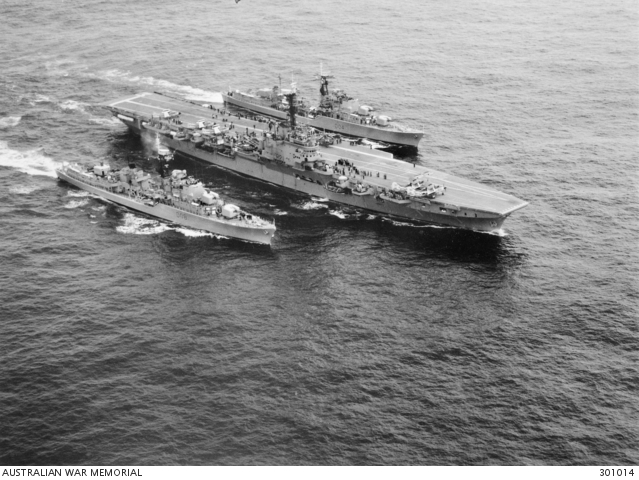Fifty Australians - Buck Rogers
A hero of the tragic collision of HMAS Voyager and HMAS Melbourne, Rogers was posthumously awarded the George Cross.
Chief Petty Officer Jonathan Rogers, GC, DSM (1920–1964)
In 1986 the naming of Rogers Park in Woy Woy, New South Wales, recalled the Royal Australian Navy’s worst peacetime disaster. It was an event that had shocked the nation. Chief Petty Officer Jonathan Rogers, a local, was one of 82 men who lost their lives in a collision at sea on the night of 10 February 1964.
Rogers was born at Llangollen, Denbighshire, United Kingdom, and joined the Royal Navy in 1938 when he was 18. He served in 13 ships, mostly through the war years. He was awarded the Distinguished Service Medal for coolness and leadership while serving as coxswain of Motor Torpedo Boat 698 in actions on the nights of 23 March and 23 May 1944. After the war he came to Australia and joined the RAN. He was promoted to Chief Petty Officer (Coxswain) in 1956.
On the night of the fatal disaster, the aircraft carrier HMAS Melbourne and the destroyer HMAS Voyager were conducting exercises off the New South Wales south coast. In the late evening Voyager crossed in front of Melbourne and the two ships hit, with Melbourne smashing the destroyer in half. Rogers was one of more than 50 men trapped in darkness in a compartment of the sinking forward section.
He took control and tried to bring calm in the disastrous situation. He probably realised that not all would be able to get through a small escape hatch and that he, being a large man, had no chance at all. “He was more intent on getting the younger chaps out first,” said a survivor. The forward section finally sank about ten minutes after the impact. Rogers was heard leading his remaining doomed comrades in a prayer and a hymn during their final moments.
Rogers was later awarded the George Cross, the highest bravery award then available in peacetime, “for organising the escape of as many as possible and encouraging … those few who could not escape … to meet death alongside himself with dignity and honour”.
The aircraft carrier HMAS Melbourne, with the destroyers HMAS Voyager and Vendetta. A few years later, in 1964, Voyager was sunk in a collision with the Melbourne.
- Home
- Previous: Chips Rafferty
- Next: Normie Rowe

